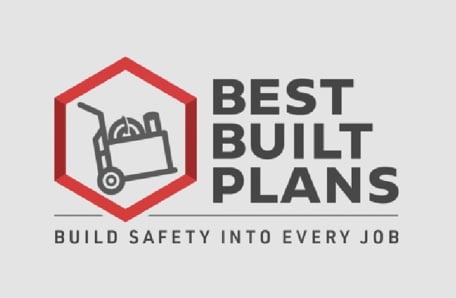WHO TO INVOLVE: On-the-Job – when a project is underway – may involve the project superintendent/manager, foreman, safety director, and workers
PURPOSE & GOAL: Properly implement the safe work practices included in the plan to minimize manual materials handling, promptly identify and address new risks, keep everyone focused on safety, quality, and productivity, and prevent injuries through daily planning and frequent communication with employees
KEY STEPS
|
RESOURCES TO HELP
|
- At the start of each day, review the following with all employees – supervisors, foremen, and workers:
- When, where, and how materials will be delivered and stored, and the storage height (ideally between knee and waist height).
- How heavy materials will be lifted and moved to reduce manual handling (equipment and/or team lifts).
- The lifting equipment that will be used to lift and move the materials, where the equipment is located, and what to do if the equipment is not adequate or missing.
- The need to make sure the paths to move materials have adequate clearance and clear surfaces to allow for the safe movement and lifting of materials, and the lay down locations.
- Who to contact if equipment or help is not available, or a new materials handling risk is identified.
- Ask your employees for their ideas on how to improve manual materials handling to avoid injury and improve productivity.
- Share your plan with the general contractor and other contractors in the area to avoid conflicting schedules that could slow down your work and theirs.
- Monitor your plan to be sure it is being implemented correctly.
|
If you are changing the materials from what was included in your original bid or need to train your employees, the following resources can help:
Planning Resources:
Training Resources:
|


